Home>Furniture>Kitchen Furniture>How To Make RSO Without A Rice Cooker
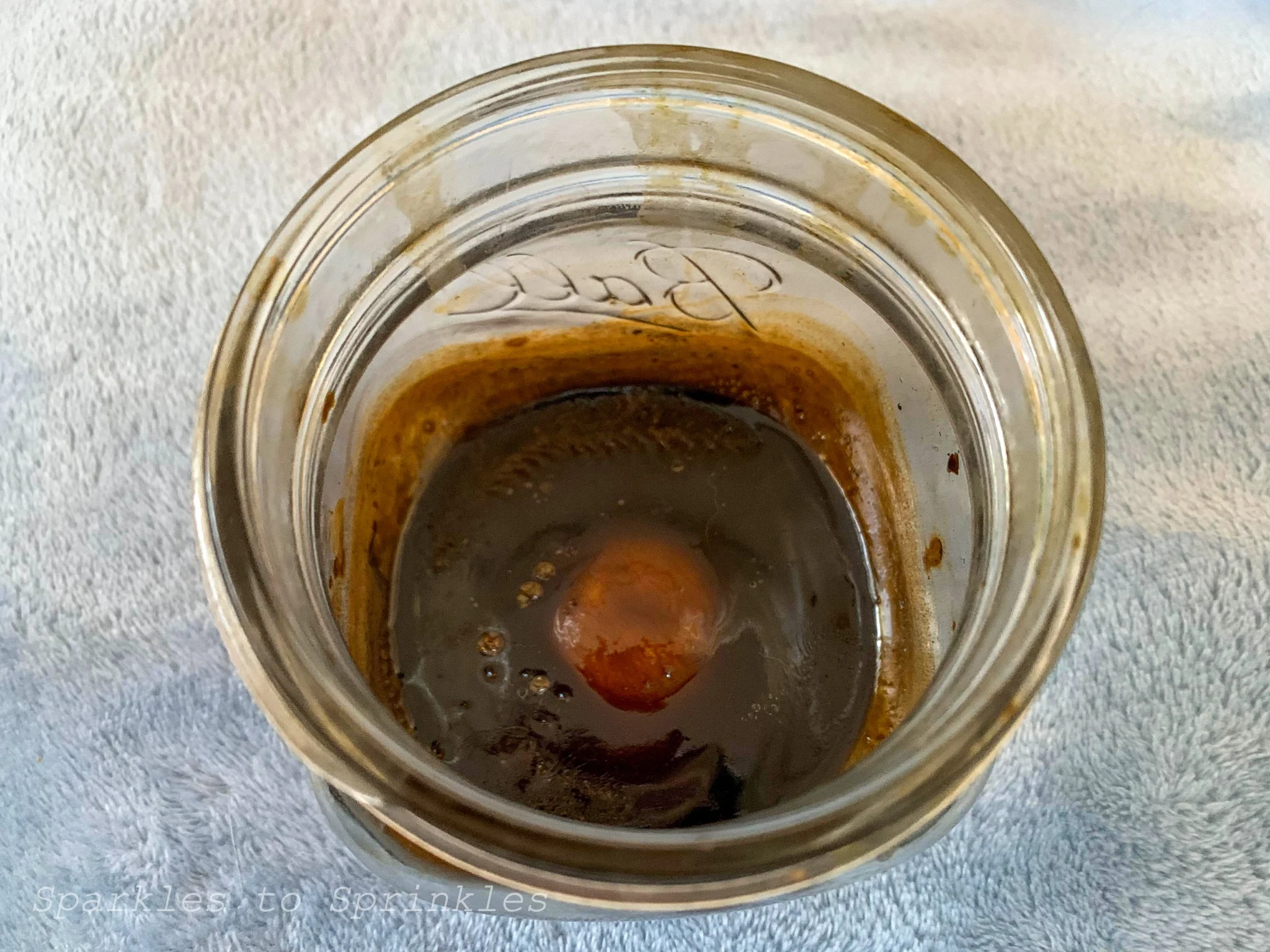

Kitchen Furniture
How To Make RSO Without A Rice Cooker
Modified: February 29, 2024
Learn how to make RSO without a rice cooker in this informative article. Discover alternative methods and tips for achieving the perfect results in your cannabis extraction process.
(Many of the links in this article redirect to a specific reviewed product. Your purchase of these products through affiliate links helps to generate commission for Storables.com, at no extra cost. Learn more)
Introduction
Welcome to the world of RSO, or Rick Simpson Oil. If you’re interested in exploring the benefits of this powerful cannabis extract but don’t have a rice cooker on hand, you’re in the right place. In this article, we will guide you through the process of making RSO without a rice cooker.
RSO, also known as Phoenix Tears, is a highly concentrated cannabis oil that has gained popularity for its potential therapeutic effects. It was developed by Rick Simpson, a medical marijuana advocate who claims that RSO helped him successfully treat his own skin cancer.
RSO is typically made by extracting cannabinoids from cannabis using a solvent such as ethanol or isopropyl alcohol. The resulting oil is rich in THC, CBD, and other beneficial compounds found in cannabis. Many people use RSO to manage various conditions, including chronic pain, cancer, epilepsy, and more.
While traditional methods of making RSO involve using a rice cooker, which helps to evaporate the solvent, it is still possible to produce high-quality RSO without one. This alternative method allows you to extract the cannabinoids and create potent RSO with just a few supplies and a little patience.
In the following sections, we will walk you through the steps of making RSO without a rice cooker. From obtaining the cannabis to decarboxylating and extracting the cannabinoids, we will guide you every step of the way. So, let’s dive in and learn how to create your own RSO powerhouse without a rice cooker!
Key Takeaways:
- You can make potent RSO without a rice cooker using simple supplies like cannabis, an oven, and a solvent. Decarboxylation and proper storage are crucial for creating and preserving the therapeutic benefits of RSO.
- By following the step-by-step process outlined in this guide, you can create your own high-quality RSO at home. Always exercise caution, consult a healthcare professional, and start with low doses to experience the potential benefits of RSO.
Read more: How To Make White Rice Without Rice Cooker
What is RSO?
Before we delve into the process of making RSO without a rice cooker, let’s first understand what RSO is and why it has gained such popularity in the cannabis community.
RSO, or Rick Simpson Oil, is a highly concentrated cannabis extract that contains high levels of THC, CBD, and other beneficial cannabinoids and terpenes. It was developed by Rick Simpson, a Canadian medical marijuana activist, who claims that RSO helped him cure his own skin cancer.
RSO is typically made using a solvent-based extraction method, where the cannabinoids and other compounds are extracted from the cannabis plant material using solvents like ethanol or isopropyl alcohol. This extraction process ensures that the final product is enriched with the desired cannabinoids.
One of the key characteristics of RSO is its high THC content. THC, or tetrahydrocannabinol, is the psychoactive compound in cannabis that is responsible for the “high” sensation. However, RSO also contains significant amounts of CBD, or cannabidiol, which is known for its potential therapeutic properties.
RSO is often used by individuals looking for a potent and concentrated form of cannabis oil for medical purposes. Many people use it to manage chronic pain, alleviate symptoms associated with cancer and chemotherapy, treat epilepsy, and more. It is believed that the combination of THC and CBD in RSO creates a powerful entourage effect, where the compounds work synergistically to enhance their therapeutic effects.
Due to its high potency, RSO should be used with caution and under the guidance of a healthcare professional. It is recommended to start with a small dose and gradually increase it, allowing your body to adjust to the effects.
Now that we have a better understanding of what RSO is and its potential benefits, let’s move on to the next step in the process: decarboxylation.
The Importance of Decarboxylation
Decarboxylation is a crucial step in the process of making RSO or any cannabis-infused product. It involves heating the cannabis flower or concentrate at a specific temperature and time to activate the cannabinoids and convert their acidic form into their active form.
When cannabis is in its raw form, it contains cannabinoids in their acidic form, such as THCA and CBDA. These acidic cannabinoids have therapeutic potential but are not psychoactive. In order to experience the psychoactive and medicinal effects of cannabis, it is necessary to convert these acidic cannabinoids into their activated form, such as THC and CBD.
Decarboxylation occurs when heat is applied to the cannabis, causing a chemical reaction that removes a carboxyl group from the acidic cannabinoids. This process transforms the non-psychoactive THCA into the psychoactive THC, and the non-medicinal CBDA into the medicinal CBD.
By decarboxylating the cannabis prior to extracting the cannabinoids for RSO, you ensure that the final product will be potent and effective. This activation process enhances the therapeutic properties of the cannabinoids and allows them to interact with the endocannabinoid system in the body.
Without decarboxylation, the RSO would predominantly contain inactive acidic cannabinoids, which may not deliver the desired effects when consumed. Decarboxylation unlocks the full potential of the cannabis plant, making the cannabinoids readily available for the body to utilize.
To decarboxylate cannabis, you will need to apply heat at the right temperature and for a specific duration. This process can be achieved using a conventional oven, a toaster oven, or even a sous vide machine. By maintaining the ideal temperature range, typically between 220°F (105°C) to 240°F (115°C), for about 30 minutes to an hour, you can effectively activate the cannabinoids without degrading them.
Once the decarboxylation process is complete, the cannabis is ready to be used in the extraction process to create the RSO. With the cannabinoids activated, they will be more readily absorbed by the body and potentially provide the desired therapeutic effects.
Now that we understand the importance of decarboxylation, let’s move on to the supplies needed for making RSO without a rice cooker.
Supplies Needed
Before you embark on the journey of making RSO without a rice cooker, it is important to gather all the necessary supplies. Although this alternative method does not require specialized equipment like a rice cooker, you will still need a few essential items to ensure a successful extraction process. Here are the supplies you will need:
- Cannabis: Start with high-quality cannabis flower or trim. The amount will depend on how much RSO you intend to make, but a general guideline is to use about one ounce (28 grams) of cannabis.
- Grinder: A grinder will help to break down the cannabis flower or trim into smaller, manageable pieces. This will facilitate the extraction process and ensure more efficient cannabinoid extraction.
- Oven-safe dish: Choose a glass or ceramic dish that can withstand the heat of decarboxylation in the oven. The size of the dish will depend on the amount of cannabis you are using.
- Aluminum foil: You will need aluminum foil to cover the oven-safe dish during the decarboxylation process. This will help to contain the heat and ensure proper activation of the cannabinoids.
- Mason jar or glass container: After the extraction process, you will need a container to store the finished RSO. A mason jar or any glass container with an airtight lid works well for this purpose.
- Mesh strainer or cheesecloth: To strain the extracted oil, you will need a mesh strainer or cheesecloth. This will help to remove any plant material or impurities from the final RSO.
- Syringe or dropper: A syringe or dropper will make it easier to measure and administer RSO, especially if you are using it for precise dosing.
- Gloves: It is important to wear gloves throughout the process to maintain cleanliness and avoid contaminating the RSO with any bacteria or other substances.
These supplies should be readily available at most kitchen or DIY stores, or you may already have them at home. By gathering all the necessary materials beforehand, you will ensure a smooth and organized RSO-making process.
Now that we have our supplies ready, let’s move on to the first step: obtaining the cannabis for extraction.
Step 1: Obtaining the Cannabis
The first step in making RSO without a rice cooker is to obtain the cannabis that will be used for the extraction process. It is important to start with high-quality cannabis flower or trim to ensure a potent and effective final product.
If you have access to a legal cannabis market, consider visiting a reputable dispensary where you can find a wide selection of cannabis strains to choose from. Talk to the budtenders and ask for recommendations based on your desired effects and medicinal goals.
If you are in a region where cannabis is not legally available, it may be more challenging to find a trusted source. However, you can explore options such as connecting with local cannabis communities, sourcing from trusted growers, or considering alternative methods like home cultivation.
When selecting cannabis for RSO, keep the following factors in mind:
- Strain: Different cannabis strains have varying levels of cannabinoids, terpenes, and other compounds. Consider the effects and medicinal properties you are seeking and choose a strain that aligns with your goals. Indica-dominant strains are often favored for their potential relaxation and pain-relieving properties, while sativa-dominant strains may provide more uplifting and energizing effects.
- Quality: Look for fresh, aromatic, and well-cured cannabis. Avoid using cannabis that appears moldy, discolored, or overly dry, as it may impact the quality and potency of the final RSO.
- Quantity: The amount of cannabis needed will depend on the desired potency and the amount of RSO you wish to produce. As a general guideline, start with approximately one ounce (28 grams) of cannabis. You can adjust the quantity based on your preferences and intended use.
Once you have obtained the cannabis, handle it with care to avoid any unnecessary contamination. Store it in a cool, dark place to maintain its freshness and potency until you are ready to proceed with the extraction process.
With the cannabis in your possession, you’re now ready to move on to the next step: grinding the cannabis for optimal extraction.
Step 2: Grinding the Cannabis
After obtaining high-quality cannabis for your RSO, the next step is to grind the cannabis into smaller, uniform pieces. Grinding the cannabis helps increase the surface area, making it easier for the solvent to extract the desired cannabinoids and terpenes.
Before grinding, it is important to ensure that the cannabis is dry but not overly dry. This can help prevent the plant material from becoming too powdery and difficult to strain later.
To grind the cannabis, follow these steps:
- Break down the cannabis buds into smaller, manageable pieces using your fingers or a pair of scissors. This will make it easier to grind.
- Place the cannabis pieces in a grinder. A manual or electric grinder works well for this task. If using an electric grinder, pulse it a few times to achieve a consistent grind. If using a manual grinder, twist it back and forth until you achieve the desired consistency.
- Continue grinding until you have achieved a medium-fine grind. Avoid grinding the cannabis too fine, as this could result in the extraction of unwanted plant material.
- Once the cannabis is ground, transfer it to a clean, dry container or bowl. Ensure there are no large clumps or stems remaining in the mixture.
Keep in mind that the size of the grind may vary depending on personal preference. Some people prefer a coarser grind, while others prefer a finer consistency. Experiment to find the grind that works best for your extraction process.
Remember to handle the ground cannabis with clean hands or gloves to maintain hygiene and prevent any contamination.
With your cannabis properly ground and ready, it’s time to move on to the next crucial step in the process: decarboxylation.
You can make RSO without a rice cooker by using a double boiler method. Simply place a heatproof bowl over a pot of simmering water and heat the solvent and cannabis mixture until the solvent evaporates. Be sure to do this in a well-ventilated area and away from any open flames.
Step 3: Decarboxylation Process
Decarboxylation is a vital step in the creation of RSO as it activates the cannabinoids in the cannabis, making them more bioavailable when consumed. This process involves heating the cannabis at a specific temperature and time to convert the inactive acidic cannabinoids into their active counterparts, such as THC and CBD.
To decarboxylate your ground cannabis, follow these steps:
- Preheat your oven to a temperature between 220°F (105°C) to 240°F (115°C). This temperature range is optimal for decarboxylation without excessively degrading the cannabinoids.
- Line an oven-safe dish with aluminum foil or parchment paper to prevent sticking and easy cleanup.
- Spread the ground cannabis evenly on the prepared dish. Ensure that it forms a single layer without any overlapping.
- Place the dish in the preheated oven and cover it with another layer of aluminum foil. This cover will help trap the heat and prevent the loss of valuable cannabinoids during the decarboxylation process.
- Bake the cannabis in the oven for approximately 30 to 60 minutes. The exact time may vary depending on your oven and the desired level of decarboxylation. Keep a close eye on the cannabis to avoid overcooking or burning it.
- After the designated time, remove the dish from the oven and set it aside to cool. Make sure to remove the aluminum foil covering.
During the decarboxylation process, you may notice a slight aroma in the kitchen. This is normal and a result of the volatile compounds being released from the cannabis.
Once the decarboxylated cannabis has cooled, it is ready for the extraction process to create the RSO. The decarboxylation step is crucial as it ensures that the cannabinoids are in their active form, allowing for maximum potency and efficacy in the final product.
With the decarboxylation process complete, we can now move on to step 4: the extraction method for creating the RSO.
Step 4: Extraction Method
Now that you have properly decarboxylated cannabis, it’s time to extract the valuable cannabinoids and create the RSO. In this step, we will discuss an alternative extraction method that does not require the use of a rice cooker. Instead, we will focus on a simple extraction process using a commonly available solvent, such as ethanol or isopropyl alcohol.
To perform the extraction, follow these steps:
- Place the decarboxylated cannabis in a glass jar or container. The size of the container will depend on the amount of cannabis you are using.
- Pour in enough solvent, such as ethanol or isopropyl alcohol, to fully submerge the cannabis. The solvent will help extract the cannabinoids from the plant material.
- Seal the jar or container with an airtight lid and shake it vigorously for about 3 to 5 minutes. This process agitates the mixture and aids in the extraction process.
- After shaking, let the mixture sit for 5 to 10 minutes to allow the solvent to dissolve as many cannabinoids as possible.
- Next, strain the mixture through a fine mesh strainer or cheesecloth into a clean container. This step helps separate the liquid solvent from the plant material.
- Repeat the extraction process by adding fresh solvent to the strained plant material and shaking it again. This will ensure that you extract as much of the cannabinoids as possible.
- After a second round of shaking, strain the mixture again to remove any additional plant material.
It is important to note that the alcohol extraction process is highly flammable, so it should be performed in a well-ventilated area away from open flames or sparks. Consider using safety gloves and protective eyewear during the extraction process.
Once the extraction is complete, you will have a dark, liquid solution containing the cannabinoids you extracted from the cannabis. This solution is the base for your RSO. Now, we move on to the next step, which involves straining the oil to remove any remaining plant material.
Continue to step 5 to learn about straining the oil in the RSO-making process.
Step 5: Straining the Oil
After the extraction process, it is important to strain the oil to remove any potential plant material or impurities. This step ensures that you are left with a clean and pure RSO that is ready for use.
To strain the oil, follow these steps:
- Prepare a clean container or bowl with a fine mesh strainer or cheesecloth placed over it.
- Pour the extracted oil slowly through the strainer or cheesecloth, allowing the liquid to pass through while capturing any solid particles and plant material.
- Gently press down on the solids to extract as much liquid as possible without forcing the plant material through the strainer.
- Continue pouring the extracted oil through the strainer until all the liquid has passed through.
- Dispose of the strained plant material appropriately.
By straining the oil, you remove any unwanted particulates, enhancing the purity and quality of the RSO. The resulting liquid should be a dark, viscous oil ready for consumption.
At this stage, it is important to note that the extracted oil is highly concentrated and potent. Exercise caution when handling and dosing the RSO. It is recommended to start with a low dose and gradually increase it according to your tolerance and desired effects.
Now that you have successfully strained the oil, it’s time to move on to the next step: storing the RSO for future use.
Read more: How To Cook Sushi Rice Without Rice Cooker
Step 6: Storing the RSO
Proper storage is crucial to maintain the potency and quality of the RSO over time. By following the recommended storage practices, you can ensure that your RSO remains potent and effective for an extended period.
To store your RSO, consider the following guidelines:
- Transfer the strained RSO into a clean, airtight container. A glass container, such as a mason jar, works well for this purpose. Ensure that the container is completely dry and free from any moisture.
- Label the container with the date of extraction, strain name (if applicable), and any dosage or potency information.
- Store the RSO in a cool, dark place away from direct sunlight, heat, and humidity. Excessive heat and light exposure can degrade the quality of the cannabinoids and diminish the potency of the RSO.
- Avoid storing the RSO in the refrigerator or freezer, as excessive temperature fluctuations can affect the consistency and potency of the oil.
- Keep the RSO out of reach of children and pets. Due to its high potency, it is important to store it safely and securely.
When stored properly, RSO can maintain its potency and effectiveness for several months to a year or even longer. However, it is important to regularly check for any signs of degradation or spoilage, such as changes in color, consistency, or odor. If you notice any of these signs, it is recommended to discard the RSO and make a fresh batch.
Remember to always keep track of the dosage and potency of the RSO for your personal use or if sharing with others. Use appropriate measuring tools, such as a syringe or dropper, to accurately administer the desired dose.
Congratulations! You have successfully made RSO without a rice cooker. By following these steps and practicing proper storage, you can enjoy the potential therapeutic benefits of RSO whenever you need it.
As a final note, it is always advisable to consult with a healthcare professional or medical expert for guidance on using RSO and to ensure it aligns with your individual health needs and circumstances.
Enjoy your homemade RSO and explore the potential benefits it may offer!
If you have any further questions or concerns, feel free to consult a professional in the field or continue your research to deepen your understanding of this powerful cannabis extract.
Conclusion
Congratulations on successfully learning how to make RSO without a rice cooker! By following the steps outlined in this guide, you have gained the knowledge and skills to create your own potent and therapeutic cannabis oil at home.
RSO, or Rick Simpson Oil, is a highly concentrated cannabis extract that has gained popularity for its potential medicinal benefits. It is known for its high levels of THC, CBD, and other valuable cannabinoids that contribute to its therapeutic properties.
In this article, we discussed the importance of decarboxylation, which is the process of activating the cannabinoids in the cannabis through heating. We also covered the supplies needed, the process of obtaining cannabis, grinding it, and performing the extraction without a rice cooker. We highlighted the significance of straining the oil and proper storage practices to maintain the potency and quality of your RSO.
It’s important to remember that RSO is a concentrated and potent cannabis extract. Always use it with caution and consult with a healthcare professional or medical expert before incorporating it into your wellness routine, especially if you have any underlying health conditions or are taking medications. Start with low doses and gradually increase as needed, paying close attention to your body’s response.
By making your own RSO, you have the opportunity to personalize your cannabis experience and potentially harness its therapeutic benefits to manage various conditions, including pain, inflammation, and more.
Remember to stay informed and continue your research on RSO, as well as other cannabis-related topics, to deepen your understanding and make informed decisions regarding your health and well-being.
Thank you for joining us on this journey of making RSO without a rice cooker. We hope you enjoy exploring the potential benefits of this powerful cannabis extract and may it bring positive impact to your life.
Frequently Asked Questions about How To Make RSO Without A Rice Cooker
Was this page helpful?
At Storables.com, we guarantee accurate and reliable information. Our content, validated by Expert Board Contributors, is crafted following stringent Editorial Policies. We're committed to providing you with well-researched, expert-backed insights for all your informational needs.

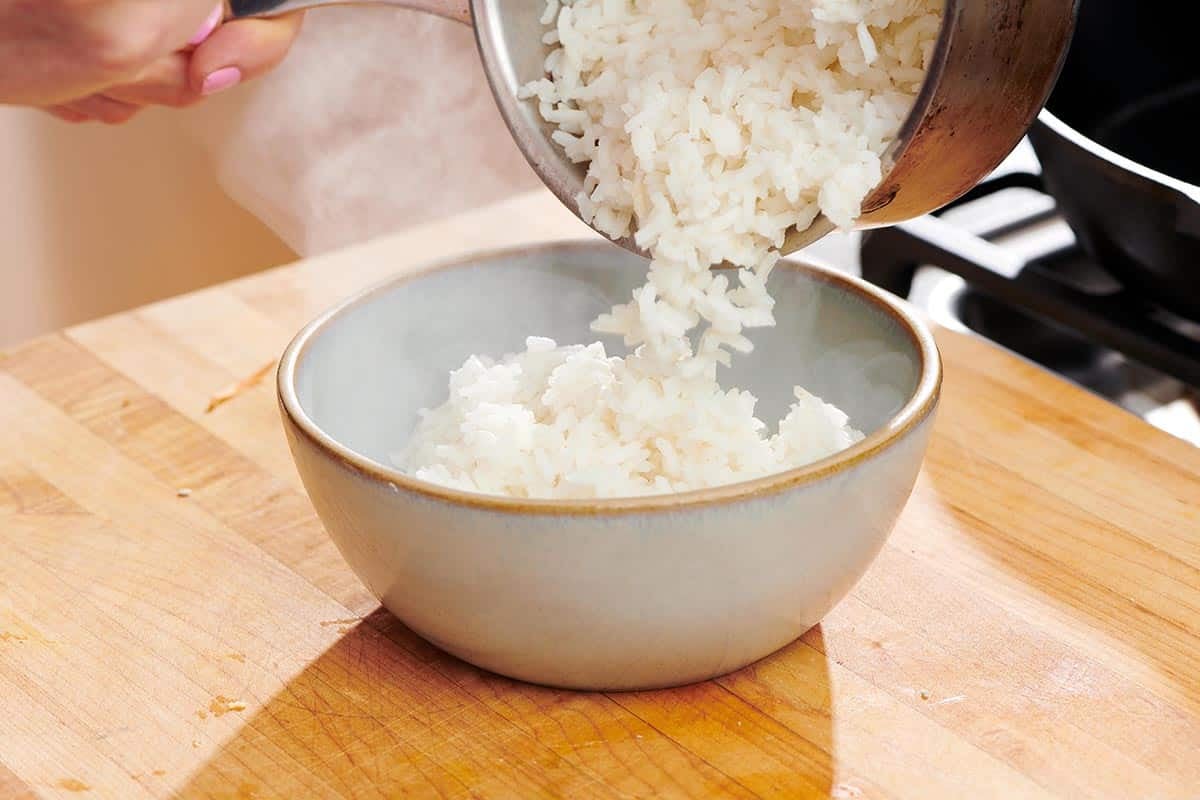

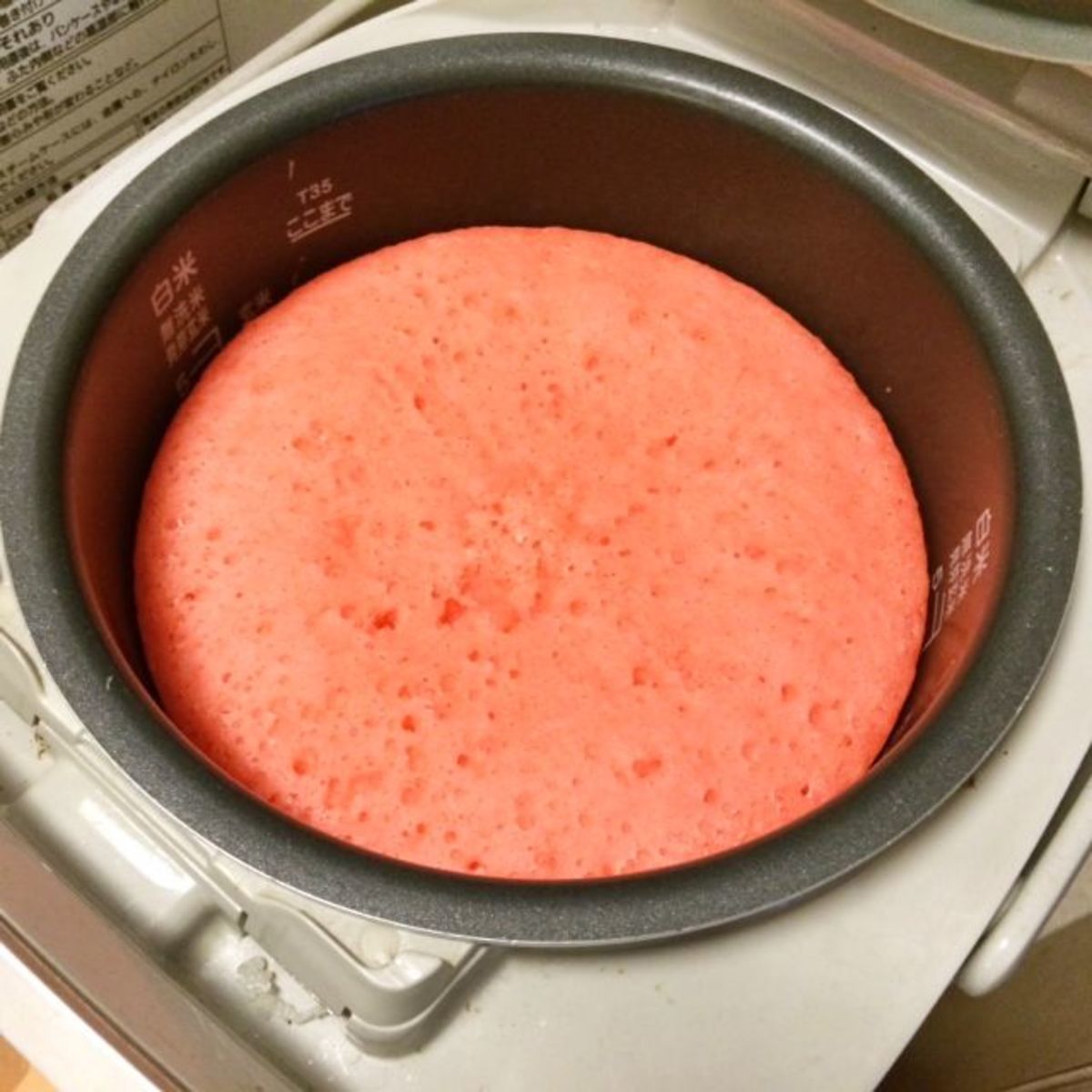


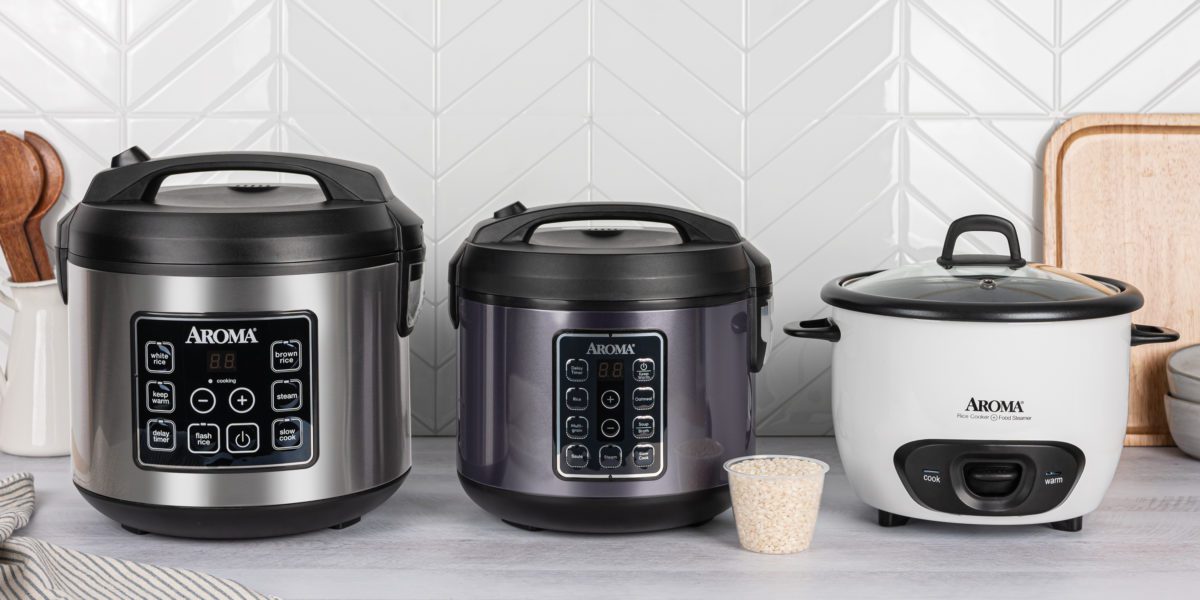

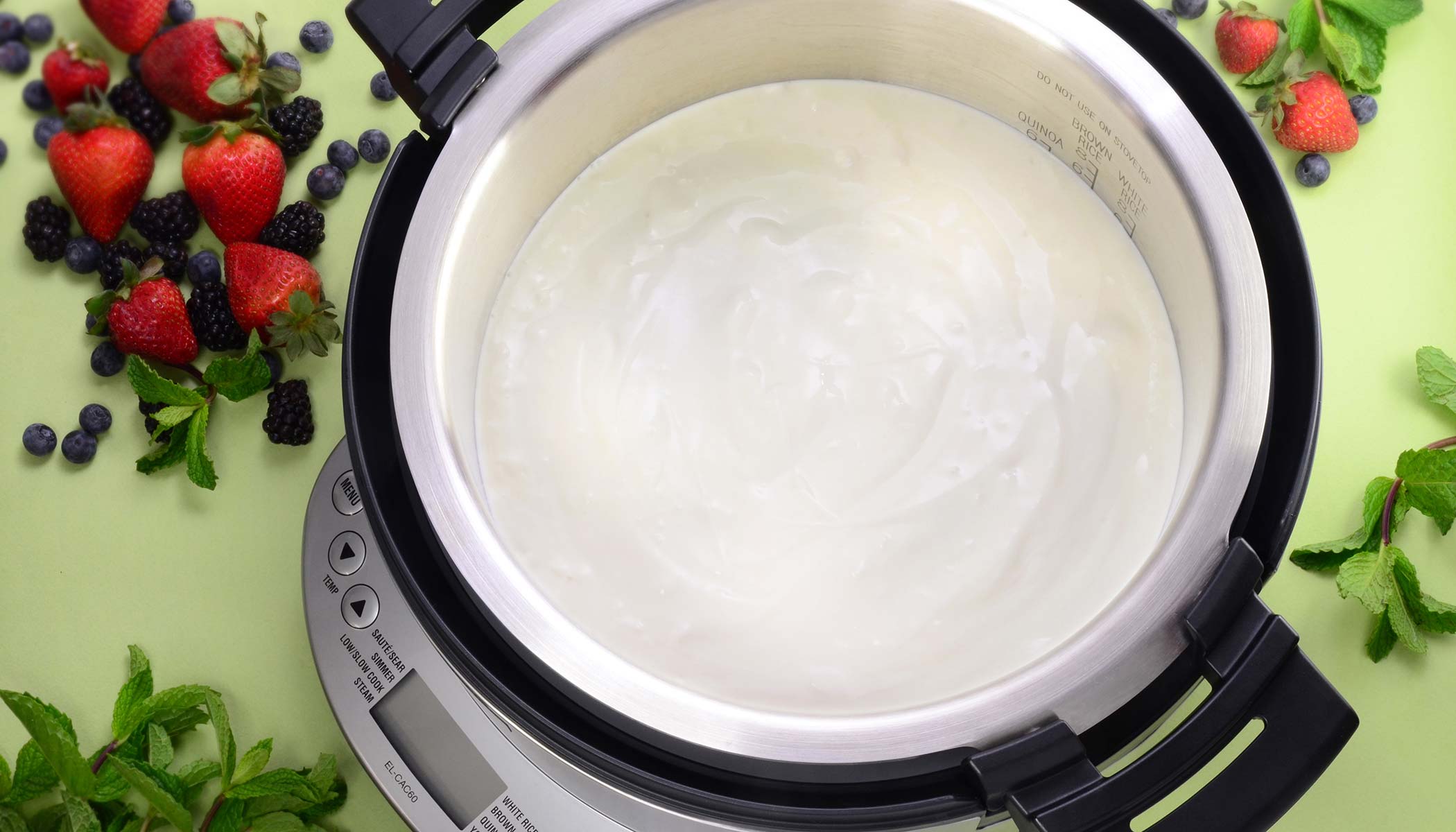

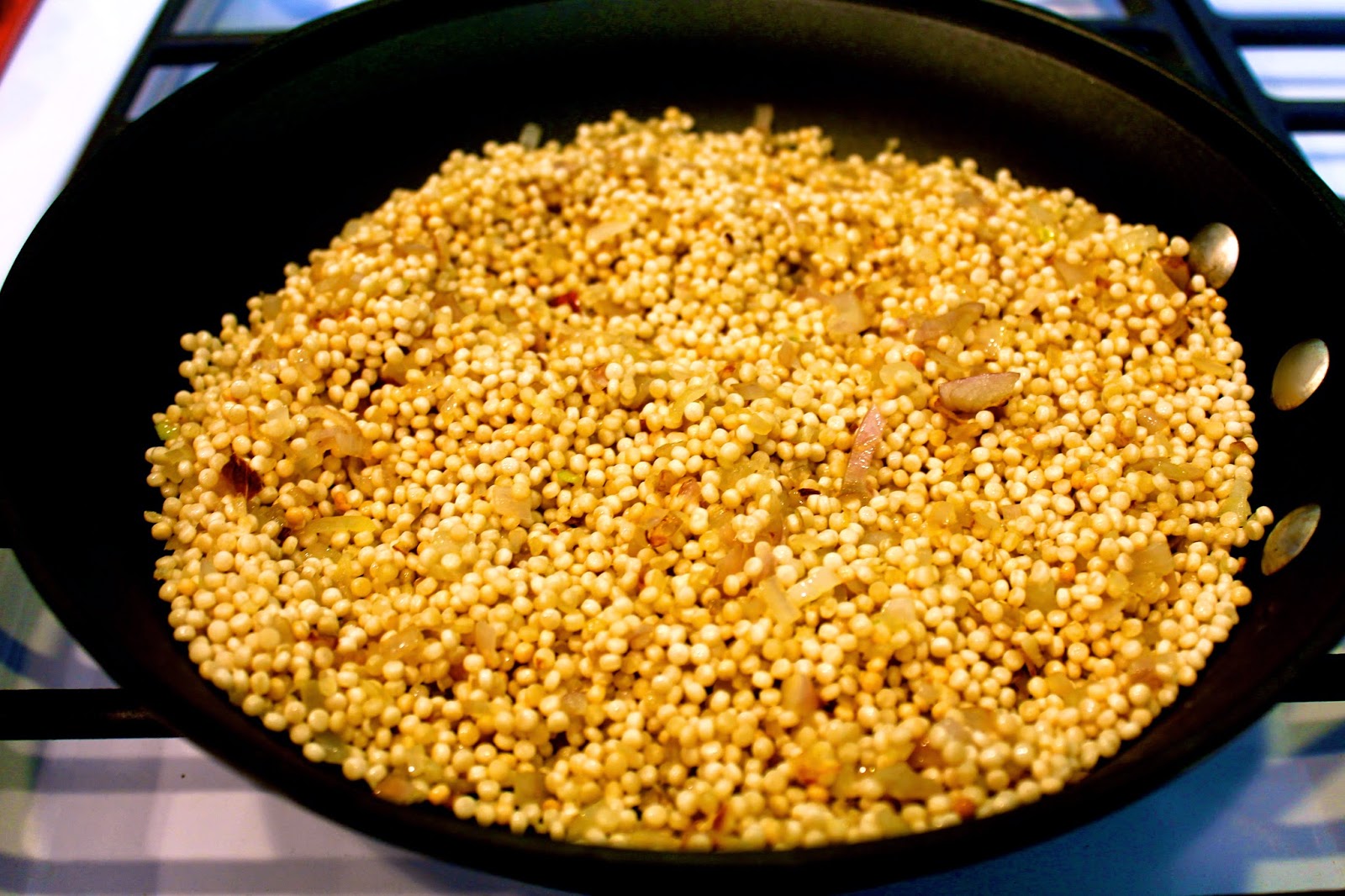
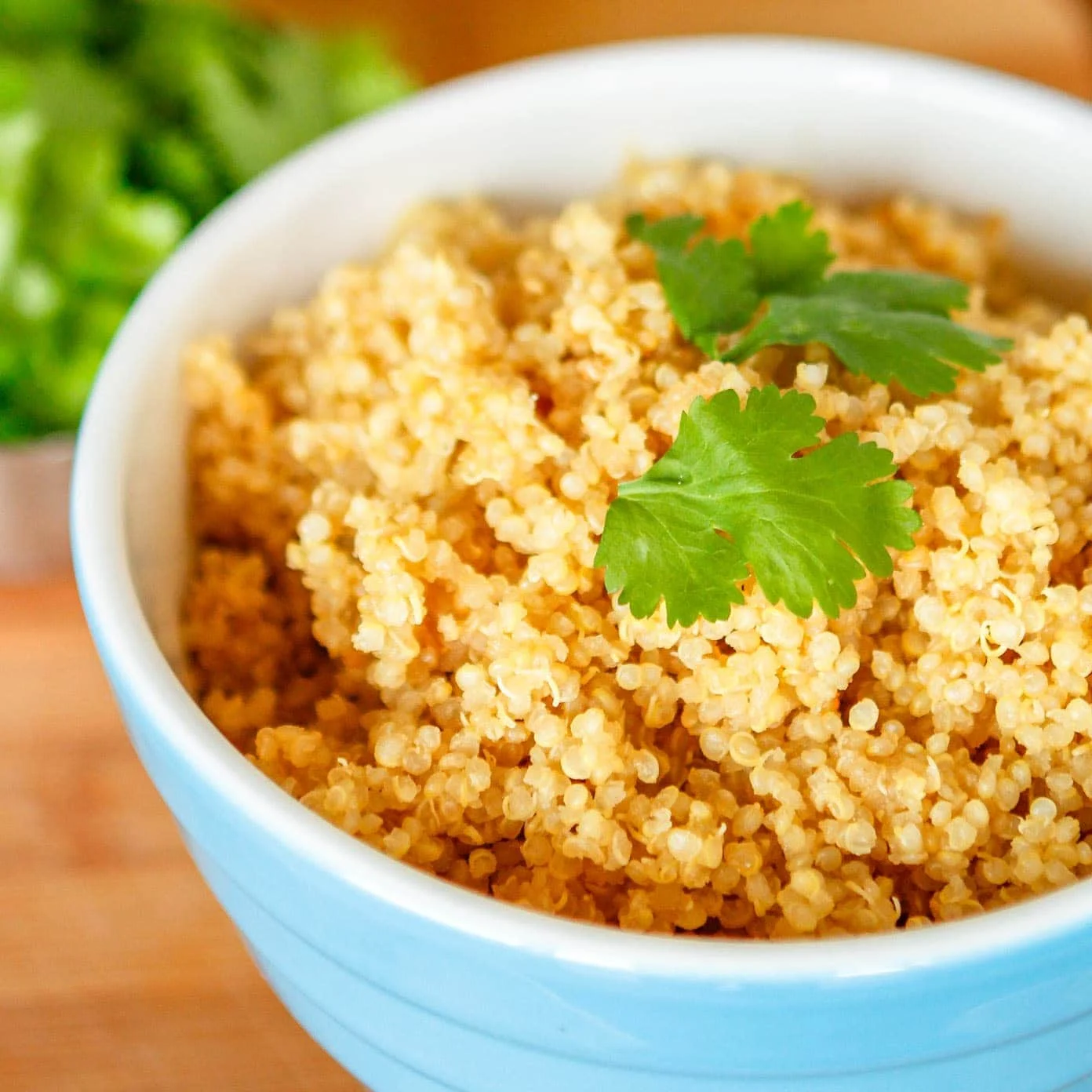


0 thoughts on “How To Make RSO Without A Rice Cooker”